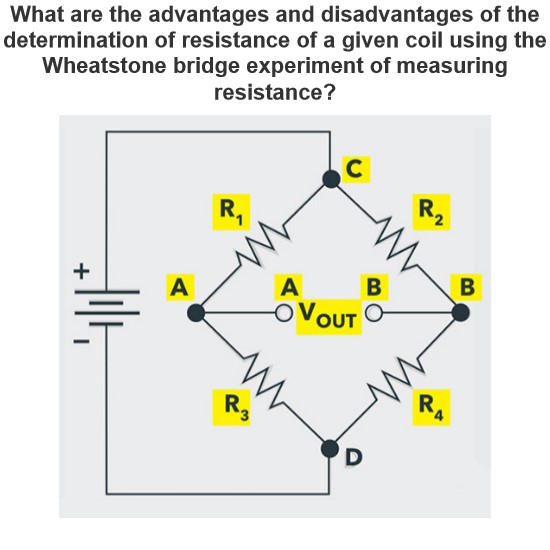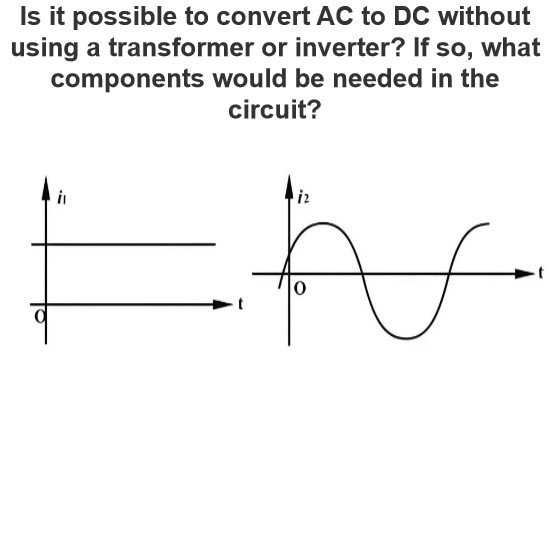What is the purpose of having separate earth, live, and neutral wires in an electrical circuit?
The purpose of separating ground, live and neutral wires in a circuit
Fire line
Transmission of electrical energy: The fireline is the main line responsible for the transmission of electrical energy in the circuit. It transmits the alternating current provided by the power supply (such as 220V mains) to various electrical equipment to provide the energy required for the electrical equipment to work. For example, when you turn on a light bulb, the current flows from the live wire into the bulb, passes through the filament of the bulb, and then returns to the power supply through the neutral wire, thus making the bulb glow.
Provide high potential: Live wire has a high potential difference relative to neutral wire and ground wire. In AC circuits, the voltage of the fireline changes as a sine wave, and its peak is usually 2 times the root of 220V (about 311V). This high potential difference is the power source that drives the current to flow in the circuit, so that the electrical equipment can work properly. For example, in an electric motor, the current generated by the potential difference between the live and neutral wires causes the coils of the motor to generate a magnetic field, which drives the rotor of the motor to rotate.
Zero line
Form a loop: The main role of the neutral line is to form a circuit with the live line, so that the current can circulate between the power supply and the electrical equipment. Under normal circumstances, the potential of the zero line is close to the geodetic potential, and the potential of the ground line is very close. For example, in household electricity, the current flows from the live line into the electrical equipment, after the work of the electrical equipment, and then returns to the power supply through the neutral line, completing a complete circuit cycle.
Balance voltage: The neutral line also plays a role in balancing the voltage in the three-phase circuit. In the three-phase four-wire power supply system, the voltage phase difference of the three live lines is 120 degrees, and the voltage in the three-phase circuit can be balanced by connecting the neutral line. If the neutral line is disconnected or the contact is poor, it may lead to three-phase voltage imbalance, so that the electrical equipment can not work normally, and even damage the electrical equipment. For example, in some factories or commercial places, if the three-phase load is unbalanced, the current of the neutral line will increase, and it is necessary to ensure that the neutral line is well connected to ensure the stable operation of the power system.
Ground wire
Safety protection: The main purpose of the ground wire is to provide safety protection. When the electrical equipment has a fault such as leakage or short circuit, the ground wire can quickly introduce the leakage current into the earth to avoid human shock. For example, when the casing of a washing machine is charged, if the washing machine is connected to the ground wire, the leakage current will flow into the ground through the ground wire, rather than through the human body into the ground, thus protecting the safety of the user.
Eliminate static electricity: Ground wires can also eliminate static electricity generated by electrical equipment. In some dry environments, electrical equipment is prone to static electricity, if not eliminated in time, static electricity may accumulate to a higher potential, causing harm to the human body or equipment. By connecting the ground cable, the static electricity can be quickly released to the ground, ensuring the safety of the device and the environment. For example, in a computer room, in order to prevent electrostatic damage to electronic equipment, ground copper bars are usually laid to connect all electronic equipment to the ground wire to eliminate static electricity.
A single wire cannot serve all these purposes
Different electrical characteristics: The electrical characteristics of live wire, neutral wire and ground wire in the circuit are different. Firewire has a high potential difference and is responsible for transmitting electrical energy; The neutral line is used to form a loop and balance the voltage; Ground cables are used to protect and eliminate static electricity. If a wire is used to achieve these functions at the same time, it will cause the electrical performance of the circuit to be unstable, increasing the risk of electrical equipment failure. For example, if the ground and live or neutral wire are combined, when the electrical equipment leaks, the leakage current may not flow into the ground in time, thereby increasing the risk of human shock.
Safety standards are not allowed: In order to ensure electrical safety, countries have developed strict electrical safety standards, which clearly stipulates that the fire line, the neutral line and the ground line must be laid separately. These standards are based on long-term practical experience and scientific research to protect people's lives and property. If these standards are violated, using one wire instead of three wires can result in serious electrical accidents and even life-threatening conditions. For example, in the construction of electrical installation, if the construction personnel in order to save costs and the ground line and neutral line combined use, once the leakage accident occurs, the leakage protection device may not work properly, thus bringing great security risks to the user.
The Electricity Encyclopedia is dedicated to accelerating the dissemination and application of electricity knowledge and adding impetus to the development and innovation of the electricity industry.




